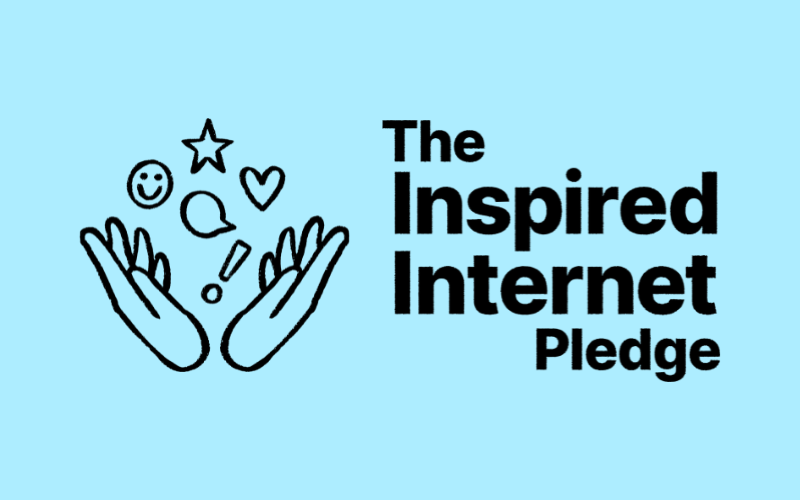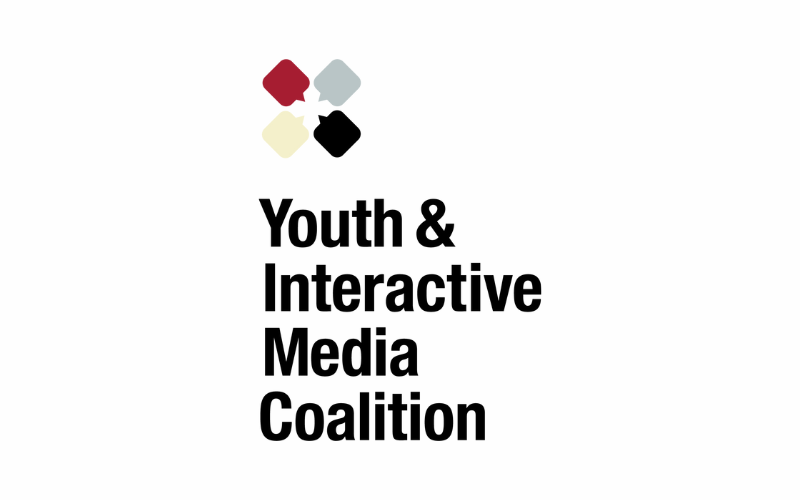Family Digital Wellness Guide
Welcome

A guide for helping kids build healthy and safe digital habits
We hear directly from youth that their lived reality is one seamless environment with little distinction between their digital and non-digital experiences — making digital wellness a journey, not an end state.
With technology constantly evolving, we understand that parents and caregivers may feel concerned, confused, or even guilty about their decisions around their children’s use of screens. We recommend that instead of worrying about how you’re handling your child’s technology use, ask yourself, “How can I help my child utilize interactive media in a way that creates a positive effect on their overall mental and physical health?”
Because we know from our research that technology and digital media, when used with intention, can support well-being, we have designed this guide to empower families as they navigate their way through the ongoing process of intentional engagement with these powerful tools, both online and off.
About the Digital Wellness Lab
The Digital Wellness Lab at Boston Children’s Hospital and Harvard Medical School is a nonprofit research institution seeking to understand and promote positive and healthy digital media experiences for young people, from birth through young adulthood.
We create impact by using our research to advance digital wellness focused design and marketing practices in the tech industry, and to embed digital wellness in healthcare strategies.
Our ultimate vision is an empathetic and respectful world in which our kids can grow up #healthy, #smart, and #kind.
How to Use This Guide
This Digital Wellness Guide is designed to provide parents and caregivers with information and guidance based on clinical evidence and scientific research. In it, we discuss both the benefits and risks of digital media use and provide recommendations for navigating and supporting healthy media use by children from birth through young adulthood.
If you are a pediatrician, mental health professional, educator, or are otherwise engaged with families looking for information and best practices, we encourage you to share this guide with parents and caregivers.
To best use this guide, consider:
Typical child development occurs at different rates in different children, even in the same family.
You know your children better than anyone as the individuals they are. What’s most important is your child’s developmental readiness. Some four year olds may be emotionally mature enough to engage in conversations about difficult topics. Some teens may not yet be ready for full independence. Both are variations of typical human development. We recommend that you start with your child’s group based on age, but, if recommendations don’t ring true for your child’s readiness, read up or down as needed.
A young person’s digital wellness is influenced by factors far beyond their screen time
Culture, values, self-esteem, and health diagnoses like ADHD or anxiety, are some of the many elements in a young person’s life that will affect how they engage with the digital world and how that engagement affects them. When reading through research evidence and practical strategies, it’s important to consider how they might need to be adapted for your child’s and your family’s needs.
NOTE: Throughout this guide, we use words like parent, caregiver, and family interchangeably to refer to the adults who are most influential in a child’s upbringing and daily life.
If You Believe Your Child Has a Problem with Digital Media Use
While most young people are able to use digital media in healthy and productive ways, some find themselves unable to regulate their use to a point that it becomes severely detrimental to their mental, physical, and/or social health. We refer to this as Problematic Interactive Media Use (PIMU). If you believe that your child suffers from PIMU, please contact the Boston Children’s Hospital Clinic on Interactive Media and Internet Disorders (CIMAID) to explore care options.






